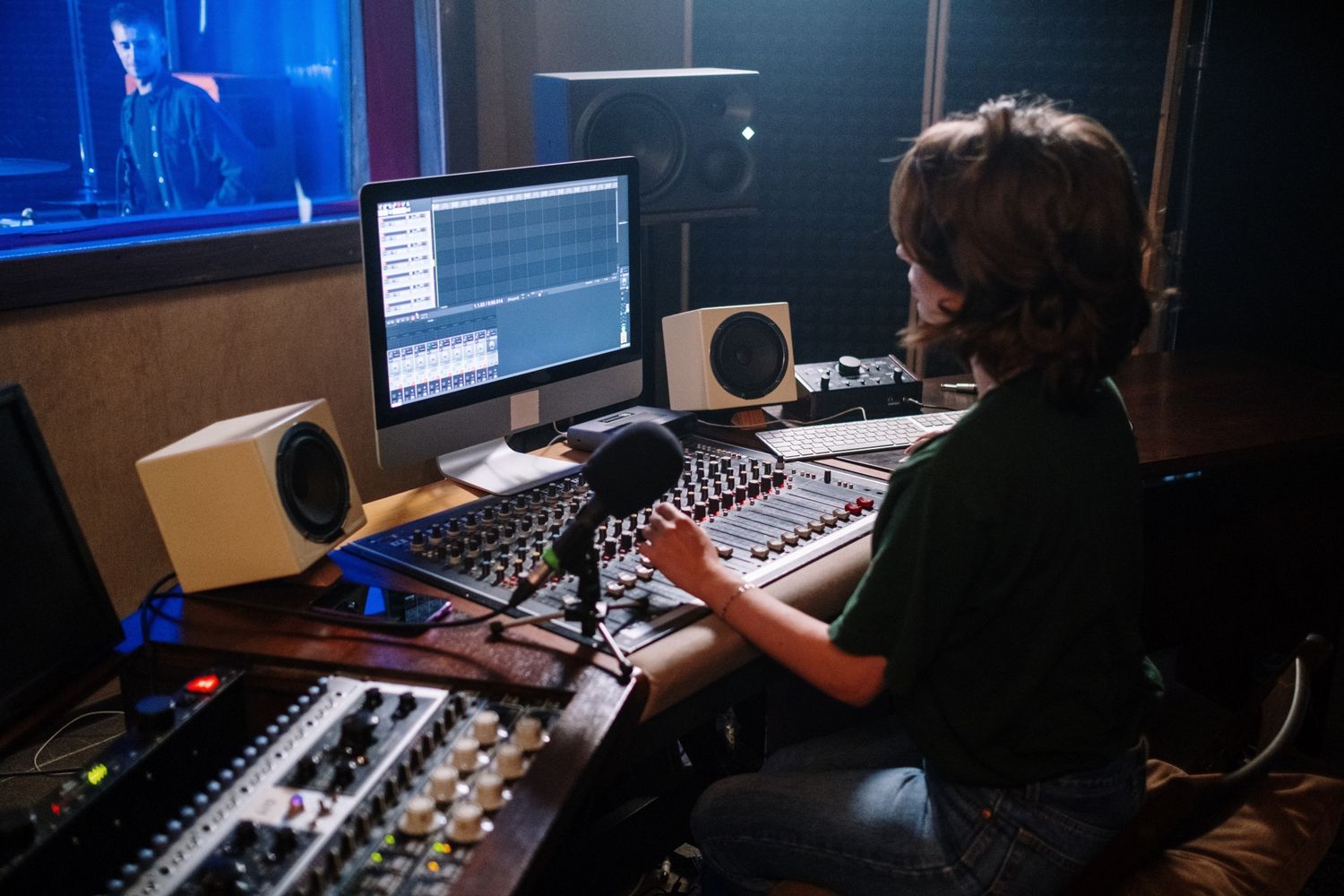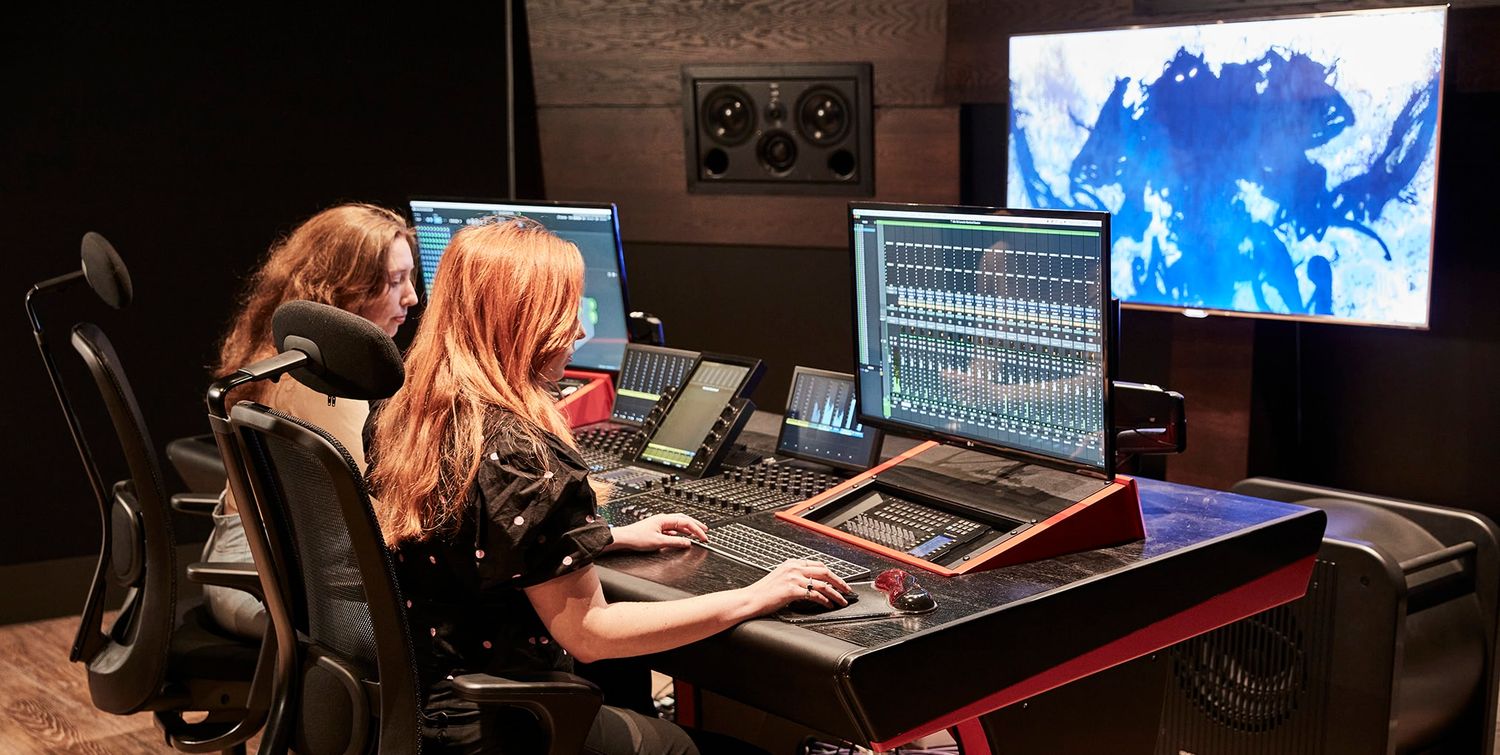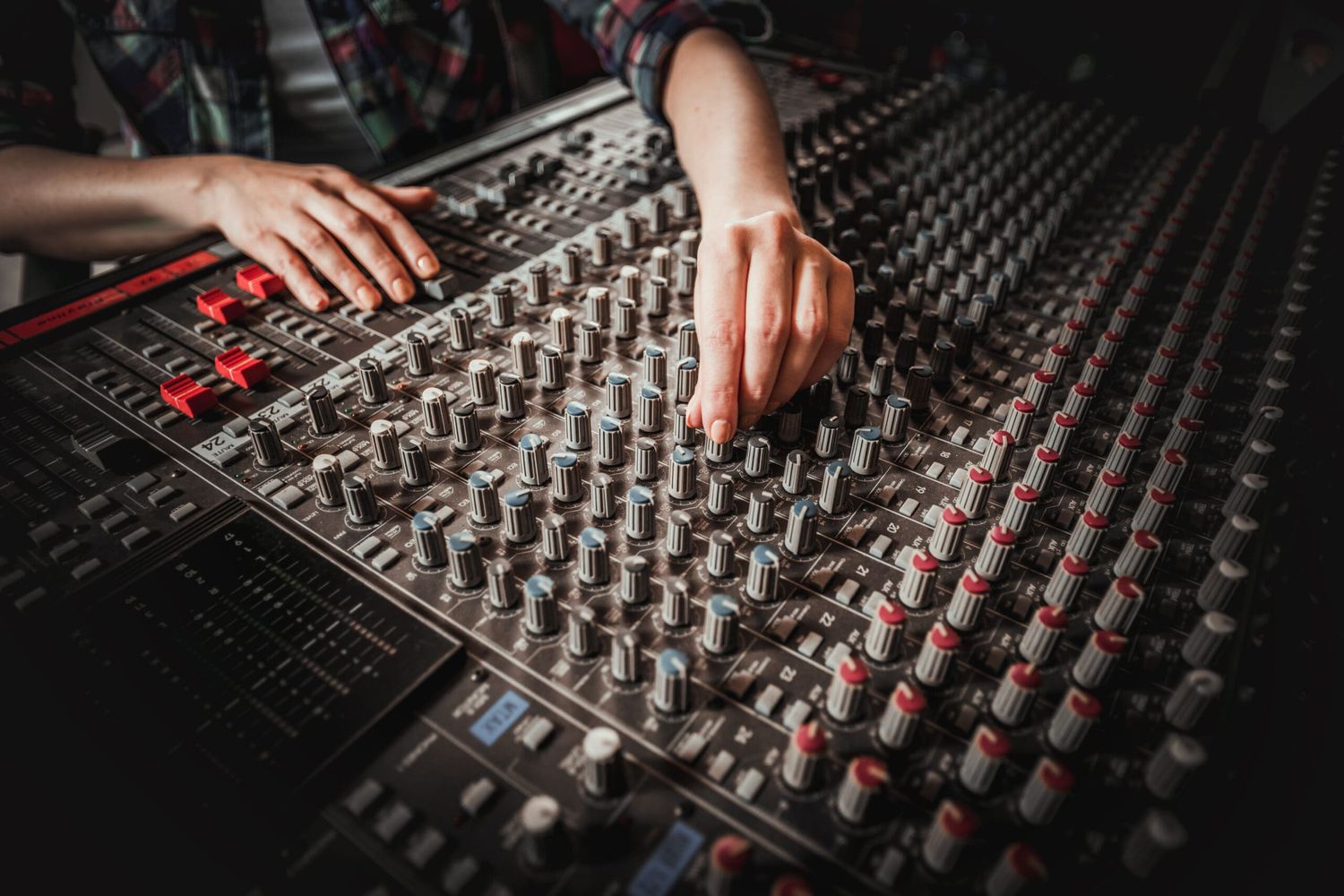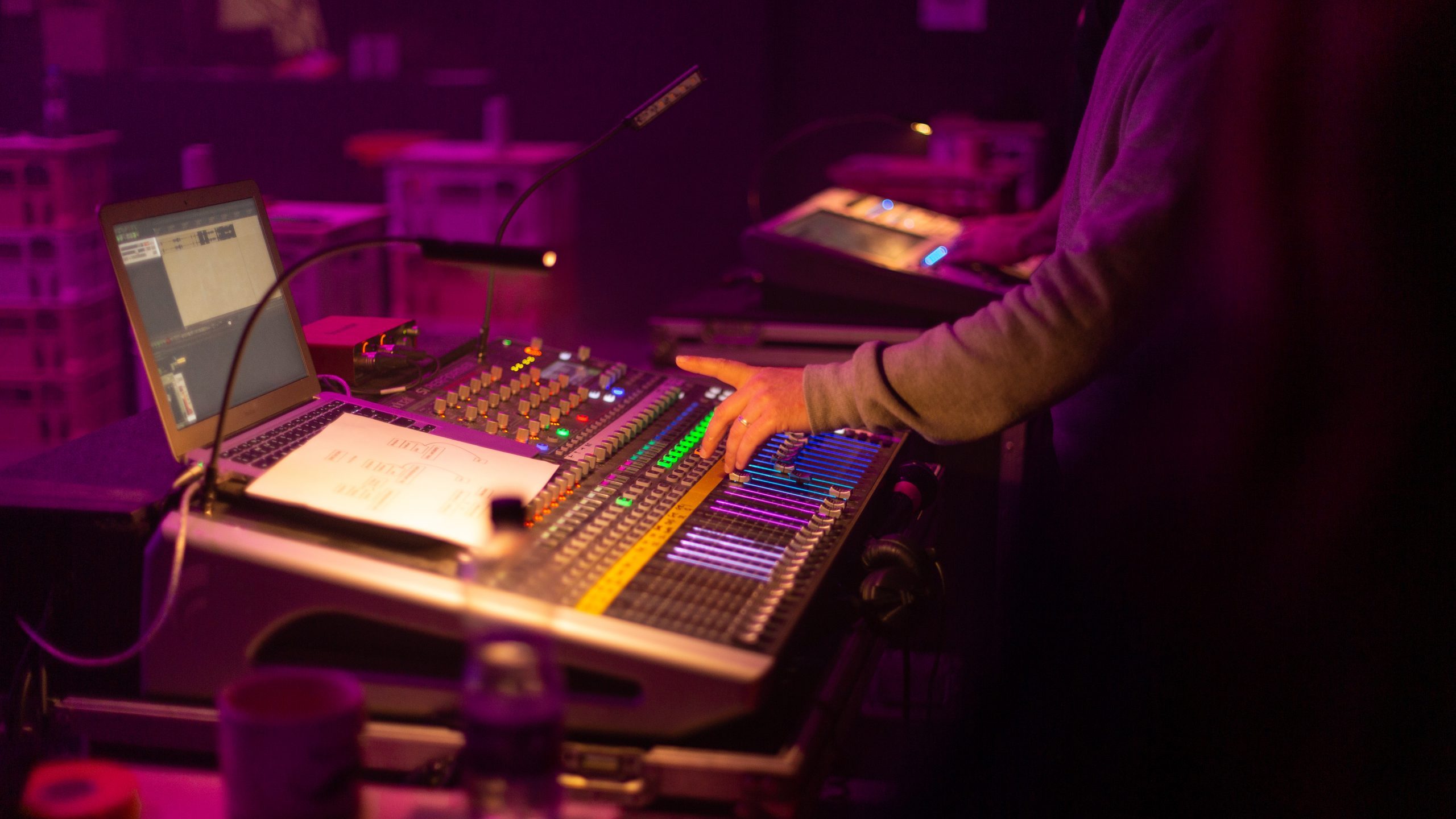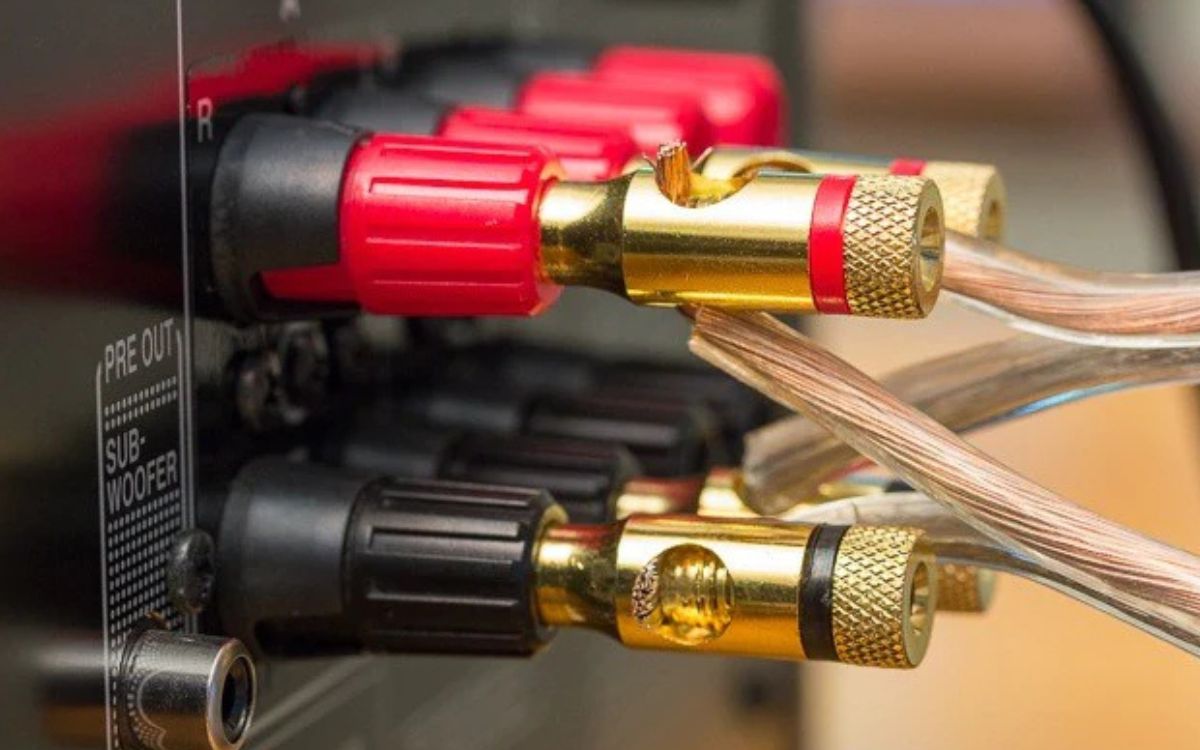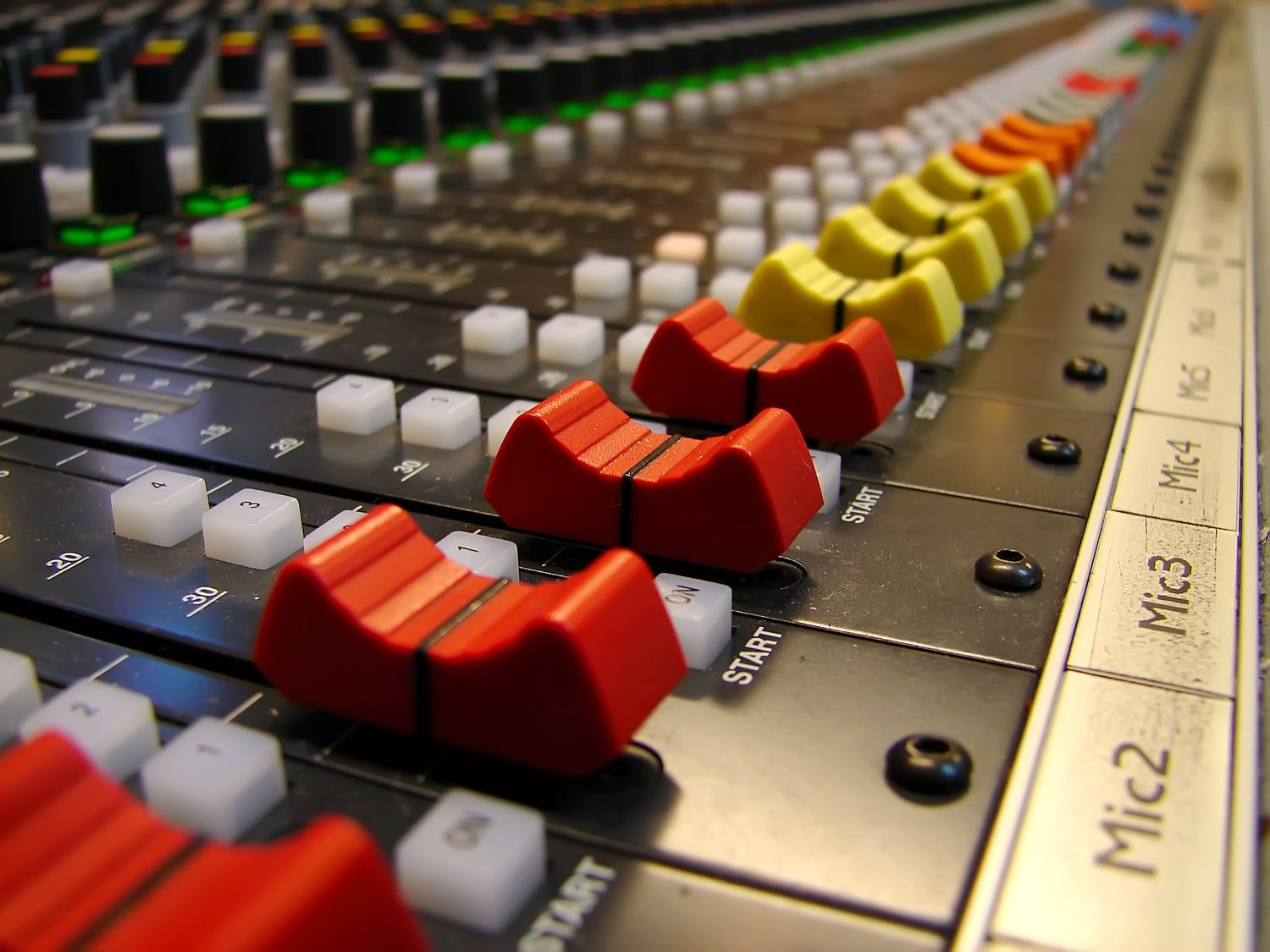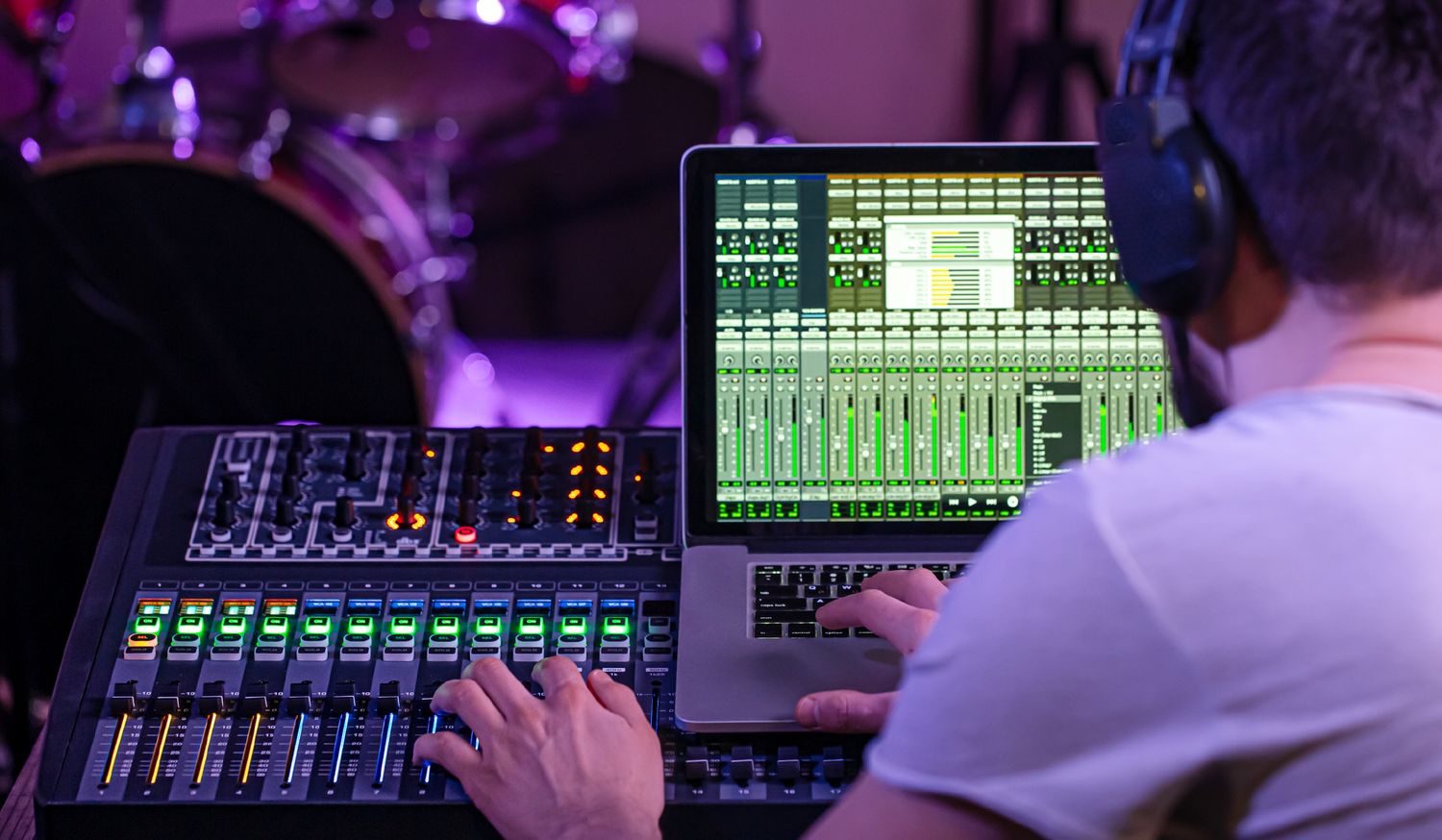Home>Production & Technology>Sound Engineer>To Protect Your Speakers From Destruction, What Rule Should A Sound Engineer Always Follow?
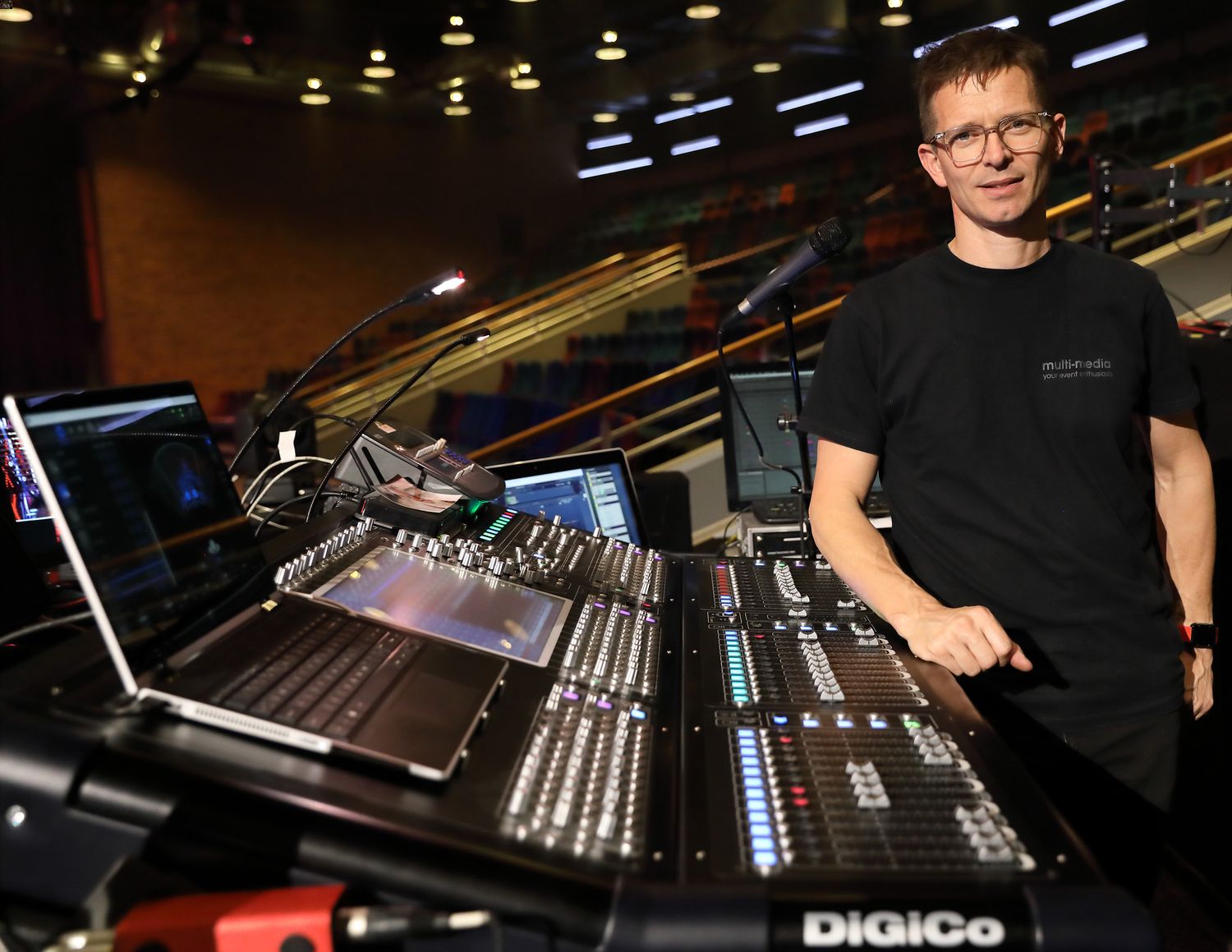

Sound Engineer
To Protect Your Speakers From Destruction, What Rule Should A Sound Engineer Always Follow?
Published: March 7, 2024
As a sound engineer, always follow the rule of protecting your speakers from destruction to ensure optimal performance and longevity. Learn the essential practices to safeguard your equipment.
(Many of the links in this article redirect to a specific reviewed product. Your purchase of these products through affiliate links helps to generate commission for AudioLover.com, at no extra cost. Learn more)
Table of Contents
Introduction
Sound engineering is a fascinating blend of art and science, where technical expertise meets creative expression. As a sound engineer, one must navigate a complex web of equipment, acoustics, and artistic vision to deliver an immersive auditory experience. Among the myriad responsibilities that come with this role, one crucial aspect is often overlooked: protecting the speakers from potential damage.
Speakers are the conduits through which sound is brought to life, and they are integral to the entire audio production process. However, these vital components are not invincible. They have limitations that, if exceeded, can lead to irreversible damage. Understanding these limitations and adhering to a fundamental rule can make all the difference in preserving the integrity of the speakers and ensuring the quality of the sound they produce.
In this article, we will delve into the essential rule that sound engineers must always follow to protect their speakers from destruction. By understanding the intricacies of speaker limitations and the significance of this rule, sound engineers can elevate their craft and safeguard their equipment for long-term success. Let's embark on this sonic journey to unravel the critical rule that underpins the foundation of speaker protection in the realm of sound engineering.
Understanding Speaker Limitations
Speakers are marvels of engineering, designed to faithfully reproduce sound across a wide range of frequencies and amplitudes. However, they are not impervious to the laws of physics. Every speaker has its limitations, and understanding these constraints is paramount for sound engineers aiming to deliver pristine audio while safeguarding their equipment.
Power Handling Capacity
One of the primary limitations of speakers is their power handling capacity. This refers to the maximum electrical power input a speaker can handle without sustaining damage. Exceeding this threshold can result in overheating, voice coil damage, or even permanent failure. It's crucial for sound engineers to match the power output of amplifiers to the power handling capacity of the speakers to prevent overloading.
Frequency Response Range
Another critical limitation is the frequency response range of speakers. This encompasses the range of frequencies over which a speaker can accurately reproduce sound. Speakers are designed to operate within specific frequency bands, and straying beyond these limits can lead to distortion and potential damage. Sound engineers must be mindful of the frequency range of their speakers and ensure that the audio signals they handle fall within these parameters.
Mechanical Resonance and Excursion Limits
Speakers also have mechanical limitations, including resonance and excursion limits. Mechanical resonance occurs when a speaker's components vibrate at their natural frequency, potentially causing unwanted coloration of the sound or, in extreme cases, physical damage. Excursion limits refer to the physical movement of the speaker cone, which, if exceeded, can lead to mechanical stress and distortion. Sound engineers must be cognizant of these mechanical limitations to prevent compromising the integrity of the speakers.
Thermal Limits
Thermal limits are another crucial consideration. When speakers operate, they generate heat due to the electrical energy being converted into sound. Prolonged exposure to high temperatures can degrade the speaker's components and lead to failure. Sound engineers must ensure proper ventilation and cooling to mitigate the risk of thermal damage.
Understanding these speaker limitations empowers sound engineers to make informed decisions when designing audio systems, selecting amplifiers, and setting audio levels. By respecting these constraints, sound engineers can prolong the lifespan of their speakers and deliver exceptional sound experiences without compromising the integrity of their equipment.
The Rule to Always Follow
Amidst the intricate tapestry of sound engineering, there exists a cardinal rule that serves as the linchpin of speaker protection: the rule of matching amplifier power to the power handling capacity of the speakers. This fundamental principle, often encapsulated in the phrase "match the amp to the speaker," is a guiding beacon for sound engineers seeking to preserve the integrity of their speakers and uphold the fidelity of the audio they reproduce.
At its core, this rule emphasizes the critical importance of ensuring that the power output of the amplifier aligns with the power handling capacity of the speakers. By adhering to this principle, sound engineers can prevent the risk of overpowering the speakers, a scenario that can lead to overheating, voice coil damage, and ultimately, the degradation of sound quality.
Matching the amplifier power to the speaker's power handling capacity is not merely a technical formality; it is a safeguard against potential damage and a testament to the meticulous care that underpins the art of sound engineering. It requires a nuanced understanding of the speakers' specifications, including their impedance, sensitivity, and power handling capabilities, and a judicious selection of amplifiers that complement these attributes.
Furthermore, this rule extends beyond the realm of technical specifications; it embodies a philosophy of respect for the equipment and a commitment to delivering audio experiences of the highest caliber. It underscores the symbiotic relationship between amplifiers and speakers, where harmony and balance are paramount. When the power output of the amplifier is harmoniously matched to the power handling capacity of the speakers, the result is not only protection against potential damage but also the optimization of sound reproduction, ensuring that the sonic nuances and dynamics are faithfully conveyed to the audience.
In essence, the rule of matching amplifier power to the power handling capacity of the speakers encapsulates the ethos of responsible stewardship in sound engineering. It is a testament to the meticulous attention to detail and the unwavering dedication to preserving the sanctity of sound reproduction. By embracing this rule as a guiding principle, sound engineers fortify the foundation of their craft, ensuring that their speakers stand as steadfast sentinels of sonic excellence, impervious to the perils of overpowering and poised to deliver transcendent auditory experiences.
Importance of Following the Rule
Adhering to the fundamental rule of matching amplifier power to the power handling capacity of speakers is of paramount importance in the realm of sound engineering. This adherence transcends mere technical protocol; it embodies a profound commitment to preserving the integrity of audio equipment and delivering unparalleled auditory experiences.
By meticulously following this rule, sound engineers mitigate the risk of speaker damage, ensuring the longevity and reliability of these critical components. Speakers are not just passive transducers of sound; they are the conduits through which artistic expression is channeled, and their preservation is essential for the faithful reproduction of music, dialogue, and ambient sounds. When the amplifier power is harmoniously aligned with the power handling capacity of the speakers, the risk of overheating, voice coil damage, and distortion is significantly reduced, safeguarding the speakers from potential harm.
Moreover, the adherence to this rule is synonymous with a commitment to sonic fidelity. By preventing the speakers from being overpowered, sound engineers uphold the purity and accuracy of sound reproduction. This is particularly crucial in professional audio environments, where the nuances of sound, from delicate harmonics to thunderous crescendos, must be faithfully conveyed to the audience. The rule serves as a bulwark against compromised audio quality, ensuring that the sonic intricacies and dynamic range are faithfully preserved.
Furthermore, following this rule is a testament to the meticulous craftsmanship and artistry that underpin the field of sound engineering. It reflects a deep understanding of the symbiotic relationship between amplifiers and speakers, where balance and synergy are paramount. This adherence underscores the dedication to precision and excellence, elevating the craft of sound engineering to a realm where technical proficiency converges with artistic sensibility.
In a broader context, the importance of following this rule extends to the realm of equipment stewardship and resource management. By safeguarding the speakers from potential damage, sound engineers contribute to the sustainability of audio equipment, reducing the frequency of repairs and replacements. This not only translates to cost savings but also aligns with principles of environmental responsibility by minimizing electronic waste.
In essence, the importance of following the rule of matching amplifier power to the power handling capacity of speakers reverberates far beyond the technical confines of sound engineering. It embodies a commitment to preservation, fidelity, and excellence, serving as a testament to the profound impact of meticulous adherence to foundational principles in shaping the auditory landscape.
Conclusion
In the realm of sound engineering, the protection of speakers stands as a cornerstone of professional practice. The fundamental rule of matching amplifier power to the power handling capacity of speakers emerges as a guiding beacon, illuminating the path towards preserving the integrity of audio equipment and delivering transcendent auditory experiences.
By understanding the limitations of speakers, including power handling capacity, frequency response range, mechanical resonance, excursion limits, and thermal thresholds, sound engineers gain a profound appreciation for the intricacies of these vital components. This knowledge empowers them to make informed decisions when designing audio systems, selecting amplifiers, and setting audio levels, ensuring that the speakers operate within their designated parameters.
The rule of matching amplifier power to the power handling capacity of speakers transcends technical protocol; it embodies a philosophy of respect for the equipment and a commitment to delivering audio experiences of the highest caliber. It serves as a safeguard against potential damage, ensuring the longevity and reliability of speakers while upholding the purity and accuracy of sound reproduction.
Furthermore, the adherence to this rule reflects the meticulous craftsmanship and artistry that underpin the field of sound engineering. It underscores the dedication to precision and excellence, elevating the craft to a realm where technical proficiency converges with artistic sensibility. By embracing this rule as a guiding principle, sound engineers fortify the foundation of their craft, ensuring that their speakers stand as steadfast sentinels of sonic excellence, impervious to the perils of overpowering and poised to deliver transcendent auditory experiences.
In conclusion, the rule of matching amplifier power to the power handling capacity of speakers encapsulates the ethos of responsible stewardship in sound engineering. It is a testament to the meticulous attention to detail and the unwavering dedication to preserving the sanctity of sound reproduction. By following this fundamental rule, sound engineers not only protect their speakers from potential destruction but also uphold the fidelity of the audio they reproduce, shaping the auditory landscape with unwavering precision and artistry.



